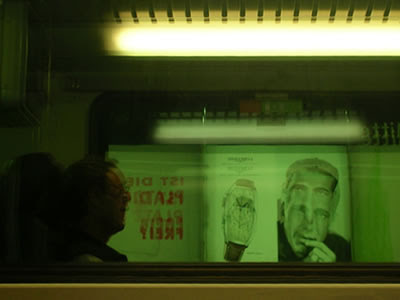Prague (Praha) is often referred to as the "Golden City" or the "City of a 100 Spires". Certainly, it is a city full of unique sites, from a range of eras. I was instantly drawn to the Gothic charm and prowess resident on both sides of the Vltava River, elegantly connected by Charles' Bridge. Against historic odds, Prague has somehow been able to preserve certain exquisite examples of its medieval past. In particular, its clock tower is a sight to behold.
Prague’s Astronomical Clock (Pražský orloj) is one of these unique medieval survivors. A prominent feature of Prague’s old centrum, a tower clock on the southern side of the Old Town Hall, it is one of the oldest of its kind. The first one appeared in Padua (1344), followed by second in Strasbourg (1354). And the Orloj is the oldest of those with functioning original clockworks -- most European medieval tower clock mechanisms have been replaced with modern, often electric, clockworks. Not only has the Orloj's clockworks functioned for over 600 years, the astronomical dial, shaped in the form of an astrolabe, survives in its original form.
Prague’s Tower Clock is composed of three parts. The first part is the astronomical dial (1410), representing various astronomical details such as the Sun and the Moon -- designed by clockmaker Mikuláš of Kadaň and Charles University astronomy and mathematics professor Jan Šindel. Originally, this was a monument to the science of astronomy, meant to mirror the movement of celestial bodies. Two nearby sundials, removed in 1911, were used to crosscheck the sun's actual position with the dial. Added later in several stages, beginning in the later part of the 15th century, are an hourly clockwork parade of various sculptures, to include the Apostles, and a calendar dial. The lone tower housing the Orloj was erected in 1381.
There are many legends surrounding the Orloj. The more prominent one centers on the Orloj’s original master clockmaker. Local generations have passed on a tale which vividly describes how the city fathers gouged out the clockmaker's eyes with a hot poker. So jealous were they of the Orloj, they were hard set to prevent him from building another similar masterpiece in a rival city. In retaliation, the now blind clockmaker damaged his creation beyond repair, with the aid of his loyal apprentice. Those who later tried to fix it were said to have either gone wildly mad or died -- tragically and cursed.
There are several other minor tales about the clock. One declares the Skeleton sculpture possesses fortune-telling powers. Another one notes that if the clock is left damaged for too long, hard times will fall upon the Czechs. And if a young man and woman together witness the clock striking on the hour, they are destined to marry.
In reality, all stories aside, the clock simply has not been very reliable. The Orloj has stopped working many times throughout the centuries, whether due to damage or neglect, the lack of competent technical skill or funds to conduct repairs. And the Orloj suffered heavy damage during the Prague Uprising (May 1945). German forces unleashed an artillery barrage upon the old city square -- the Old Town Hall and nearby buildings burned along with the Orloj’s wooden sculptures and the calendar dial face. By 1948, the clock was repaired, functioning again, with the wooden Apostles restored.
Yes, Prague has repeatedly managed to save its clock tower.


























